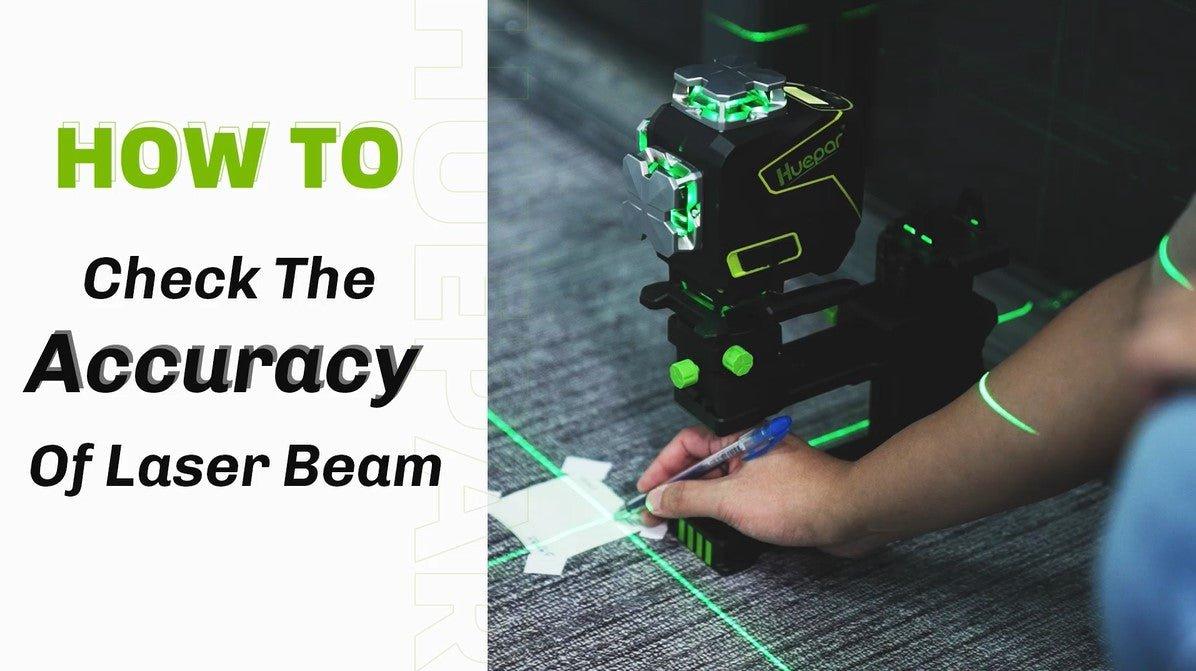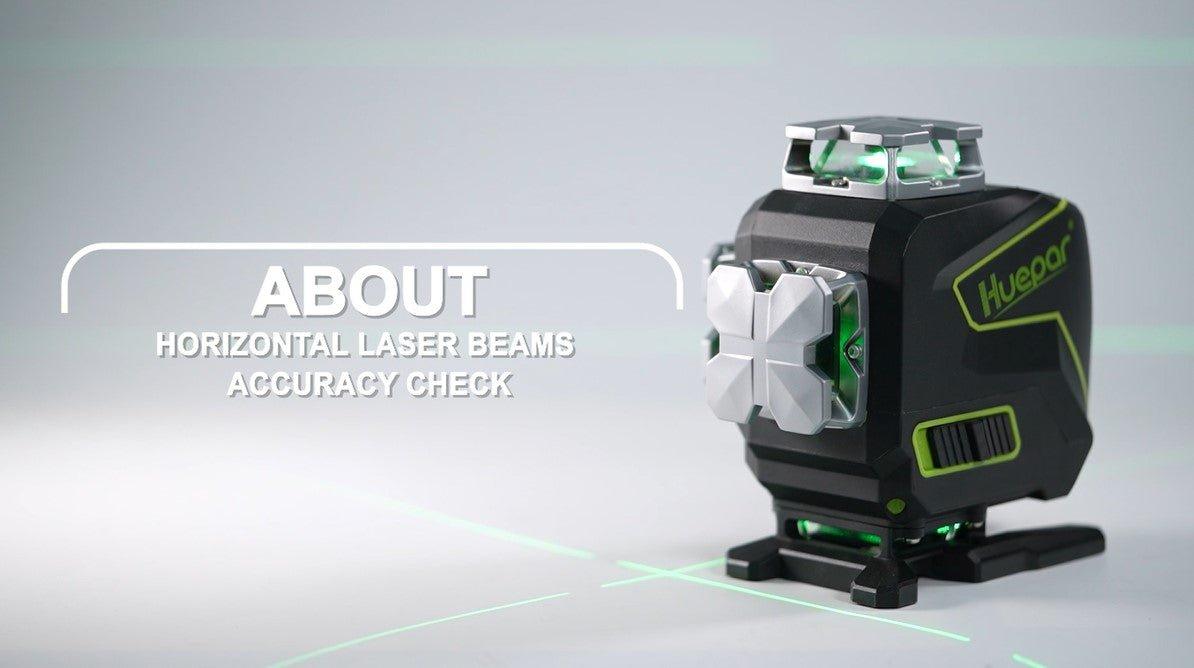Introduction to Laser Levels
What Are Laser Levels?
Laser levels are tools for getting straight lines. They beam light to mark lines or points on a surface. These beams can be used to check level and alignment. Carpenters, builders, and DIY enthusiasts use laser levels often. They are better than traditional tools like spirit levels. Laser levels allow for accurate work over long distances. They come in different types and have many uses.

The Evolution of Laser Levels: From 1D to 4D
Laser levels have changed a lot over time. At first, 1D levels could only show one line. Later, 2D levels came out. They could show more lines on a flat surface. Next, 3d laser levels were made. They can project lines in all directions. Now, we have 4D laser levels. They give even more lines and are very precise. Each jump in tech made building tasks easier and faster.
Types of Laser Levels
Exploring 3D Laser Levels
3d laser levels offer advanced features for users. They project laser lines along the X, Y, and Z axes. This creates a three-dimensional layout on a work surface. With one tool, users can map a room from floor to ceiling. This means walls, floors, and ceilings can be aligned with ease. It saves time and reduces errors in projects.
- 3D laser levels are ideal for complex layouts.
- They provide real-time spatial data for precise measurements.
- These levels are often used for fitting pipes or installing HVAC systems.
3d laser levels are game-changers for professionals who want the best results.
The Versatility of Cross Line Laser Levels
Cross Line Laser Levels are a key tool in a wide range of tasks. They project bright horizontal and vertical lines onto surfaces. This helps in aligning tiles, cabinetry, and fixtures with high precision. These levels are popular for their ease of use and reliable accuracy. They are also versatile. You can use them indoors for decorating or outside for landscaping. Some key features often include:
- Self-leveling capability
- Integrated magnetic brackets
- Battery efficiency
- Visibility range for various applications
Because of these features, Cross Line Laser Levels are ideal for both DIY enthusiasts and professionals.
The Advanced Technology of 4D Laser Levels
4D laser levels represent the cutting edge in leveling technology. These devices offer a full 360-degree coverage. This means they project laser lines in all directions. You can see these lines on floors, walls, and ceilings. One advantage is creating layouts without moving the device. They often come with advanced features. For instance, they might include Bluetooth connectivity. This helps with remote control using smartphones or tablets. They can also have outdoor visibility modes. This makes them great for exterior projects. The accuracy is usually in the top range as well.
Applications and Benefits of 3D Laser Levels in Construction
How 3D Laser Levels Improve Accuracy and Efficiency
3d laser levels are revolutionizing construction sites with their precision. They project three-dimensional grid lines. This allows workers to align and level structures quickly. By doing so, they can measure and mark with greater accuracy than traditional tools. This accuracy reduces mistakes and waste, saving time and resources. It also boosts workflow as multiple tasks can align simultaneously. Using 3D laser levels translates to a more efficient construction process overall.
The Role of Laser Levels in Large-Scale Construction Projects
3d laser levels play a crucial role in large-scale construction projects. They ensure high precision when setting out foundations, aligning walls, and installing mechanical systems. With 360-degree projection capabilities, 3D laser levels allow for simultaneous horizontal and vertical alignment throughout a construction site. This not only saves time but also reduces errors which can be costly on large projects. They are invaluable for tasks such as leveling concrete, aligning structural components, and setting out complex designs. The use of 3D laser levels is becoming a standard for ensuring the accuracy and quality of large-scale construction work.
Comparing 3D, Cross Line, and 4D Laser Levels
- 3D Laser Levels: Offer a full 360-degree layout with two vertical and one horizontal planes. These provide accurate measurements in all dimensions and are ideal for tasks that require precise leveling and alignment. They are especially useful in interior work where multiple walls and surfaces need precise placements.
- Cross Line Laser Levels: Emit cross lines on a surface and are great for jobs that require right angles, such as tiling or cabinetry. They can be simpler to use, but generally, offer less dimensional coverage compared to 3D levels.
- 4D Laser Levels: Like 3D versions, but with the added feature of locking lines at any angle, often with a green laser for enhanced visibility. These are top-tier tools for highly complex projects, providing maximum precision and flexibility.
In comparison, each level has unique benefits suitable for varied construction tasks. However, 3d laser levels are often a go-to for comprehensive coverage and precision.









